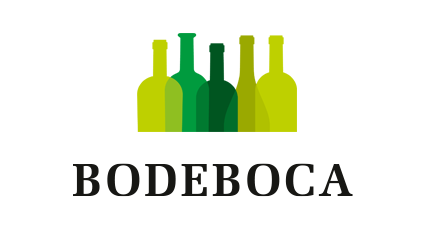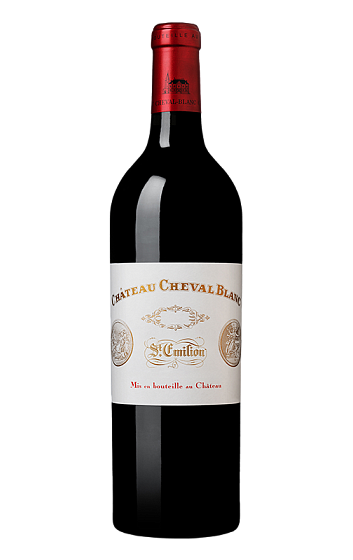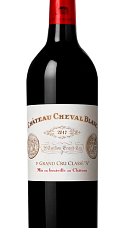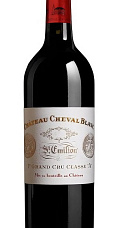Château Cheval Blanc 2024 en Primeur
Descripción
Año tras año, Cheval Blanc reafirma su posición preponderante dentro de la cúspide de los tintos de Saint-Émilion Grand Cru. Ni siquiera un ciclo como el correspondiente a la cosecha 2024, marcado por el exceso de lluvia y un descenso en su producción, pudieron mermar su excelsa calidad. Desde la casa destacan su frescura y equilibrio plenos y ya la comparan con la añada 2004 "que nació en condiciones muy difíciles y que, 20 años después, está revelando todo su potencial".
La entrega de este vino está prevista entre noviembre de 2026 y mayo de 2027. Más información en bases.
Ficha técnica
Cata
Viñedo y elaboración
Opinión de los críticos
So succulent and long on the compacted palate, this shows just enough clean ripe berries as well as cedar and chocolate. This has polished, energizing tannins with a lovely and thoughtful drive, the light austerity giving the wine a push in the finish. Only 12.8% alcohol. A blend of 46% merlot, 48% cabernet franc and 6% cabernet sauvignon.
Dense and just as closed as its Petit Cheval sibling but with lots of promise of sweet spices, spearmint, pepper, cedar and cinnamon wrapped around sweet red and blue fruit aromas. This has the perfume of the vintage, but the character of Cheval Blanc, with silky ripe tannins. Powerfully textured and dense and very long in the finish. This will be a classic, and likely long-lived compared to most of the wines.
Deep dark ruby, opaque core, purple reflections, delicate rim brightening. Delicate nougat, a hint of cassis and savouriness, with ripe cherry in the background, fine wood nuances, multi-faceted, inviting bouquet. Taut, medium body, ripe tannins, fresh and elegant, still somewhat closed, mineral, good persistence, this wine definitely needs time to integrate the tannins, sure development and certain ageing potential.
A blend of 48% Cabernet Franc, 48% Merlot and the rest Cabernet Sauvignon, the 2024 Château Cheval Blanc is one of the stars of the vintage. Unwinding in the glass with notes of minty berries and plums mingled with violets, cigar wrapper and rose petals, it's medium-bodied, suave and complete, with a cool, layered core of fruit, beautifully integrated tannins and a long, aromatic finish. Pierre-Olivier Clouet and his team conducted an aggressive green harvest and also, exceptionally, used densimetric sorting to mitigate heterogenous maturity between and within bunches (a consequence of a protracted flowering), accepting losses to rot in pursuit of full maturity. Yields were 39 hectoliters per hectare at harvest, but some 34% of that was eliminated between sorting and press wine (which is never retained at Cheval Blanc). Of what fermented, however, 70% ended up in the grand vin. (William Kelley)
The 2024 Cheval Blanc was picked from September 18 until October 3 and aged entirely in new oak with a little dabbling in concrete tanks and amphorae. The purity on the nose is the first facet that you notice with perfumed black cherry, blackcurrant, wild strawberry and touches of potpourri and crushed stone. There is certainly some mineralité here. The palate is medium-bodied with slightly brittle tannins. Very well balanced, this is clearly a Cheval Blanc built in a more elegant, sapid, linear style with a residual pepperiness that lingers in the mouth. It will need just 2 or 3 years in bottle and should drink well for 20 to 25 years. The 2024 is charming and refined. (Neal Martin)









Añadas: 2024 2023 2019 2018
Esta añada no tiene valoraciones todavía. Pincha en las otras añadas para ver sus valoraciones.
Esta añada no tiene valoraciones todavía. Pincha en las otras añadas para ver sus valoraciones.
Esta añada no tiene valoraciones todavía. Pincha en las otras añadas para ver sus valoraciones.
Esta añada no tiene valoraciones todavía. Pincha en las otras añadas para ver sus valoraciones.